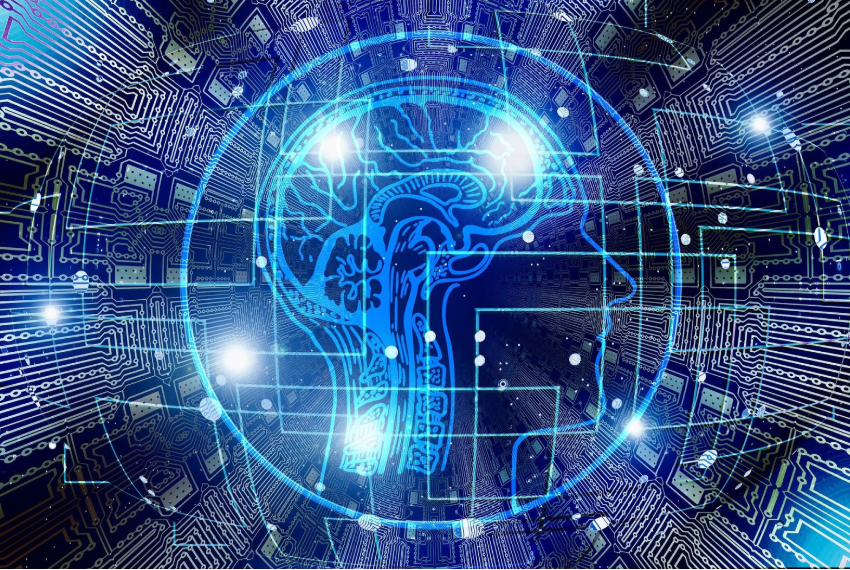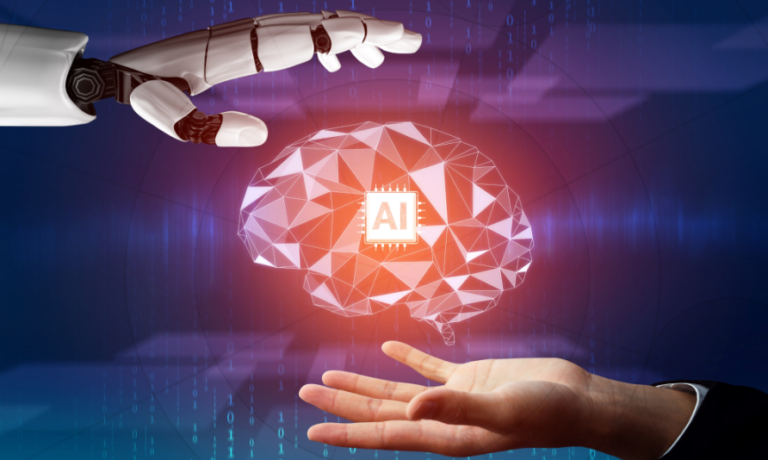Machine Learning vs. Deep Learning: Key Differences

The distinction between machine learning and deep learning is pivotal in the field of artificial intelligence. Machine learning relies on manual feature extraction, demanding specific domain knowledge for effective implementation. In contrast, deep learning leverages complex neural networks to automate this extraction process. This fundamental difference influences their respective capabilities and applications. Understanding these nuances is crucial, as they determine the effectiveness of various AI solutions in real-world scenarios. What implications do these differences hold for future technological advancements?
Understanding Machine Learning
Machine learning, a pivotal subset of artificial intelligence, focuses on the development of algorithms that enable systems to learn from and make predictions based on data.
It encompasses supervised learning, where models are trained on labeled datasets, and unsupervised learning, which identifies patterns within unlabeled data.
Both methods empower individuals and organizations, fostering innovation and autonomy in data-driven decision-making processes.
See also: Rawrxtiana How to Stay Healthy While Working From Home
Exploring Deep Learning
Although deep learning is often regarded as a specialized branch of machine learning, it distinguishes itself through the utilization of neural networks that mimic the structure and function of the human brain.
These networks excel in tasks such as image recognition, enabling systems to identify and classify visual data with remarkable accuracy.
Consequently, deep learning represents a significant advancement in artificial intelligence capabilities and applications.
Key Differences Between Machine Learning and Deep Learning
While both machine learning and deep learning are integral components of artificial intelligence, they differ fundamentally in their approaches and complexity.
Machine learning often relies on manual feature extraction, requiring domain expertise to identify relevant variables.
In contrast, deep learning automates this process through layered neural networks, allowing for greater model complexity and the ability to capture intricate patterns within large datasets.
Applications and Use Cases
The distinctions between machine learning and deep learning manifest clearly in their applications and use cases across various industries.
In healthcare applications, machine learning models enhance predictive analytics, while deep learning excels in image recognition, facilitating accurate diagnoses through advanced medical imaging.
These capabilities reveal the unique strengths of each approach, empowering professionals to leverage data for innovative solutions and improved outcomes.
Conclusion
In conclusion, while both machine learning and deep learning are integral to advancing artificial intelligence, their fundamental differences shape their applications and effectiveness. Notably, deep learning’s ability to analyze vast datasets has led to a staggering 97% accuracy in image recognition tasks, underscoring its transformative potential. As technology continues to evolve, understanding these distinctions will be critical for leveraging the right approach in various domains, ultimately enhancing innovation and efficiency in solving complex problems.



